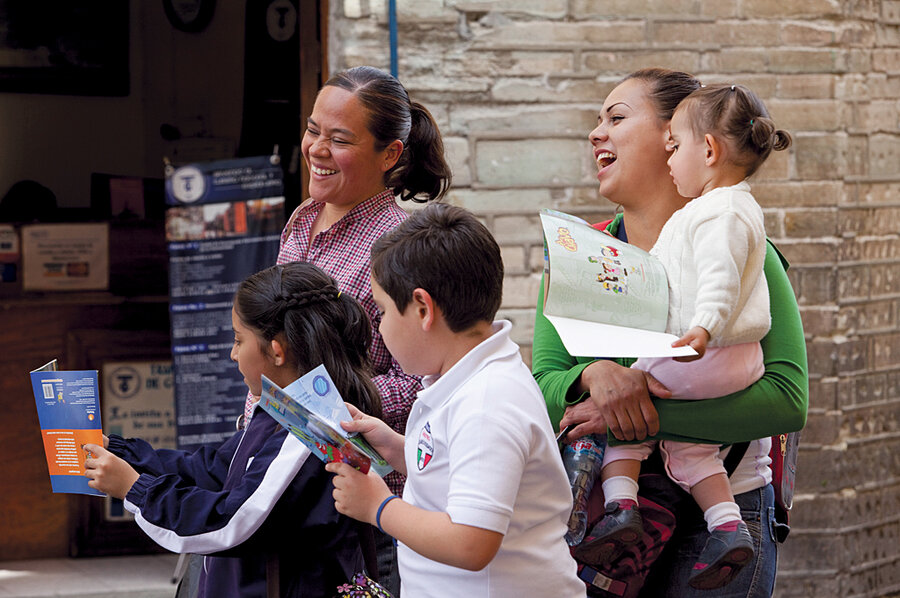The trend is your friend
Loading...
American retirees are relocating south of the border. That’s a trend. And trend stories are a staple of journalism.
Trends don’t scream for attention like wars or natural disasters do. Trend stories are built from the bottom up. They often begin with a hunch and require a reporter to piece together facts to support a thesis. While trend stories can sometimes be dubious (Q: How does a journalist count to three? A: One, two, trend.), soundly sourced trends backed by convincing evidence are worth watching.
Trends can be encouraging or troubling. Most fall in the middle range between mildly noteworthy and fairly interesting. Take the “selfie,” the hammy self-portrait taken with a smart phone and posted on a social network. It is so trendy that Oxford Dictionaries chose selfie as the 2013 word of the year. Does the selfie signal rampant exhibitionism, widespread loneliness, bold individuality? Most likely the selfie is simply a fad that will fade when the cool kids no longer do it. (Maybe it has already faded. I’d have to check with a cool kid to be certain.)
Trends fizzle and trends endure. The Arab Spring that broke out three years ago has lapsed. That’s a shame. But the long-term decline in interstate conflict is still on the downswing, despite pockets of violence from West Africa to Pakistan.
Some trends are game changers. In the late 1990s, an editor I worked with routinely dismissed the Internet as “today’s CB radio craze.” Just as citizens band radios came and went in the 1970s, he was convinced, the Internet would soon be over.
You can see why it’s worth paying attention, although attention may be all many trends deserve. You don’t have to save up for a Tesla, move to Brooklyn, use a bitcoin, or wait in line at the Mr. Kale food truck just because lots of people are doing that. You didn’t have to have been glued to the “Breaking Bad” finale and you don’t have to count the days until “Downton Abbey” starts up again. It’s OK just to be aware of what’s going on, if for no other reason than to hold your own at a dinner party.
Now, about the golden-years trend (to read about it in depth, click here). The news is that Latin American nations that have rightly or wrongly been associated with poverty, crime, and corruption over the years are now considered safe and friendly. And they are being considered that way by retirees, who are famous for being risk averse. So one trend is the new “Sun Belt” migration. More important is the growing confidence in Latin America’s peace and stability.
If you know anyone in a country dealing with violence, you know that there is always an abundance of peaceful, safe activity that doesn’t make headlines. People go to work, shop, take their kids to school, and go to the beach. Even in the worst days of violence, the people of Colombia, Nicaragua, Mexico, and other Latin nations have laughed, learned, done legitimate business, and fallen in love. That’s the case right now in Iraq, Afghanistan, and even parts of Syria.
Two cheers then that retirees are voting with their feet on the safety of countries once seen as unsafe. And another cheer for the citizens of those countries who have struggled to create better lives – and a better image – not just for expatriates but for themselves. That’s three cheers total. We have a trend.
John Yemma is editor of the Monitor. He can be reached at editor@csmonitor.com.








